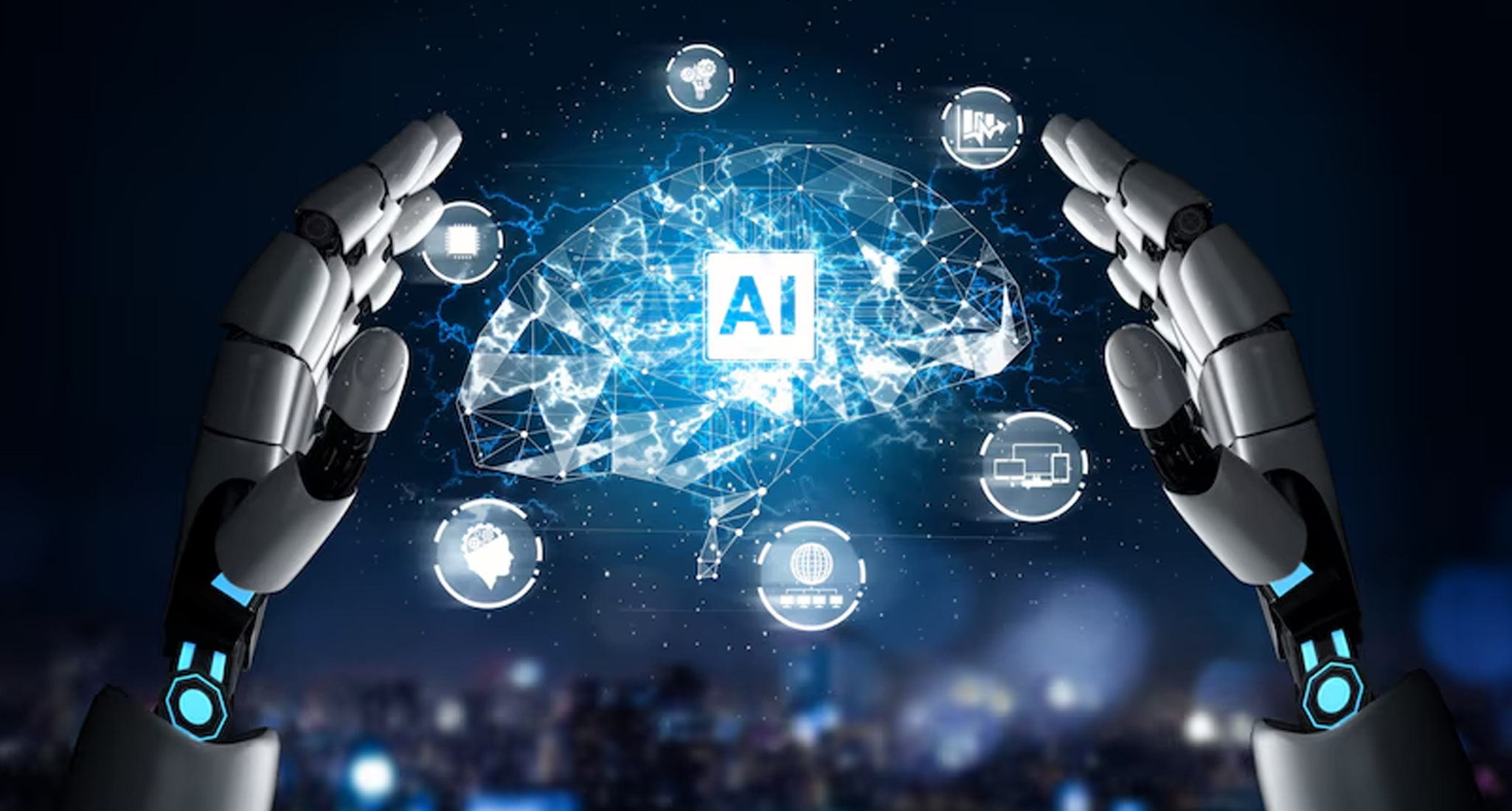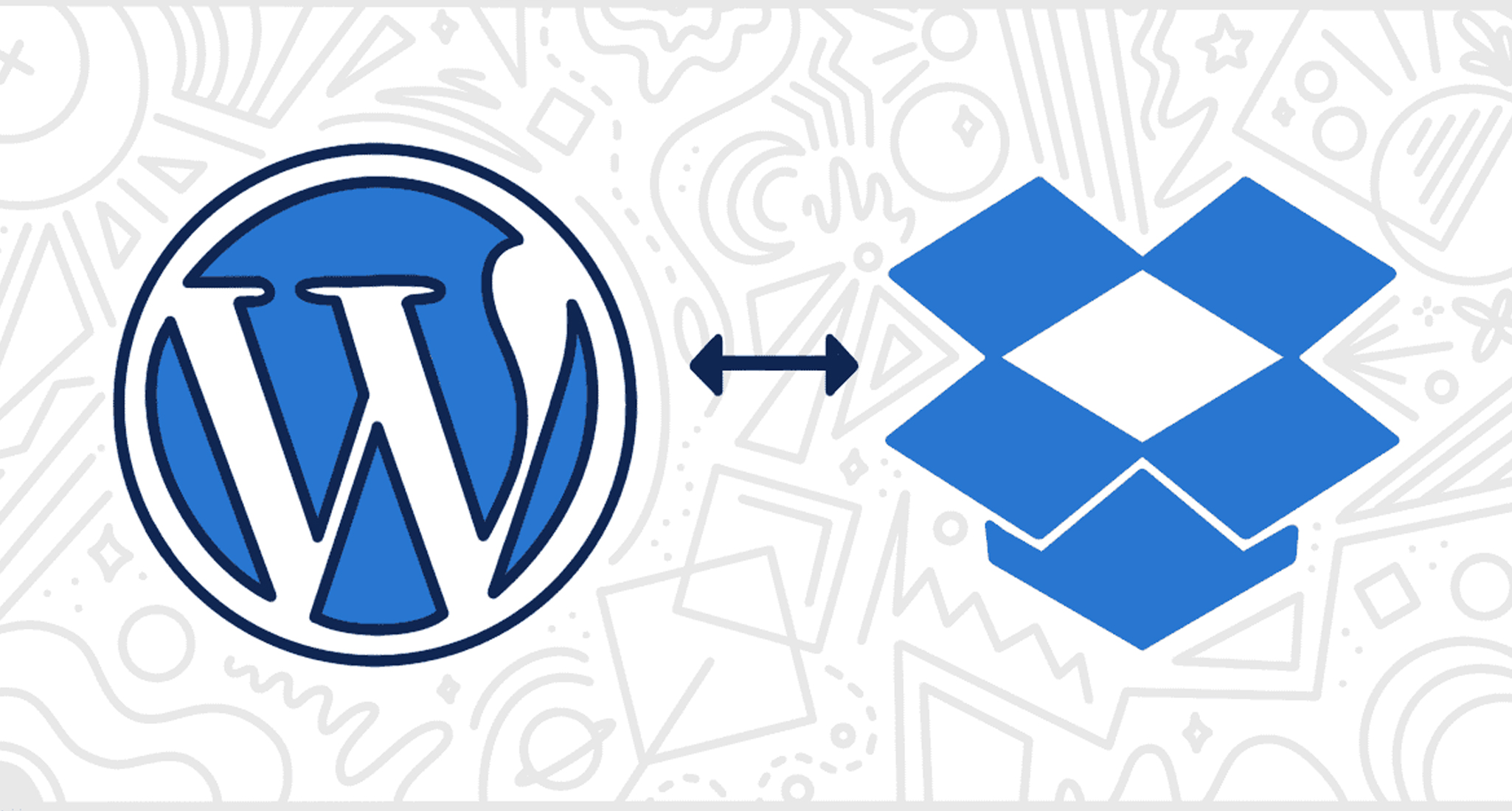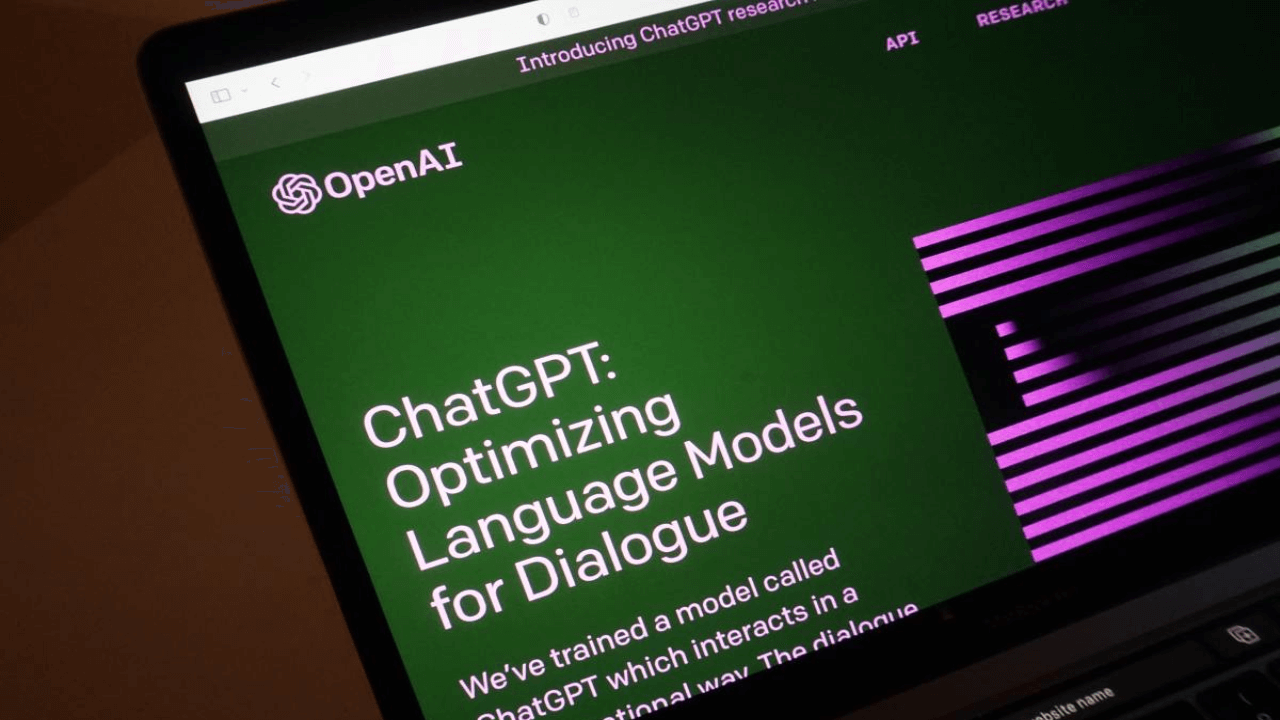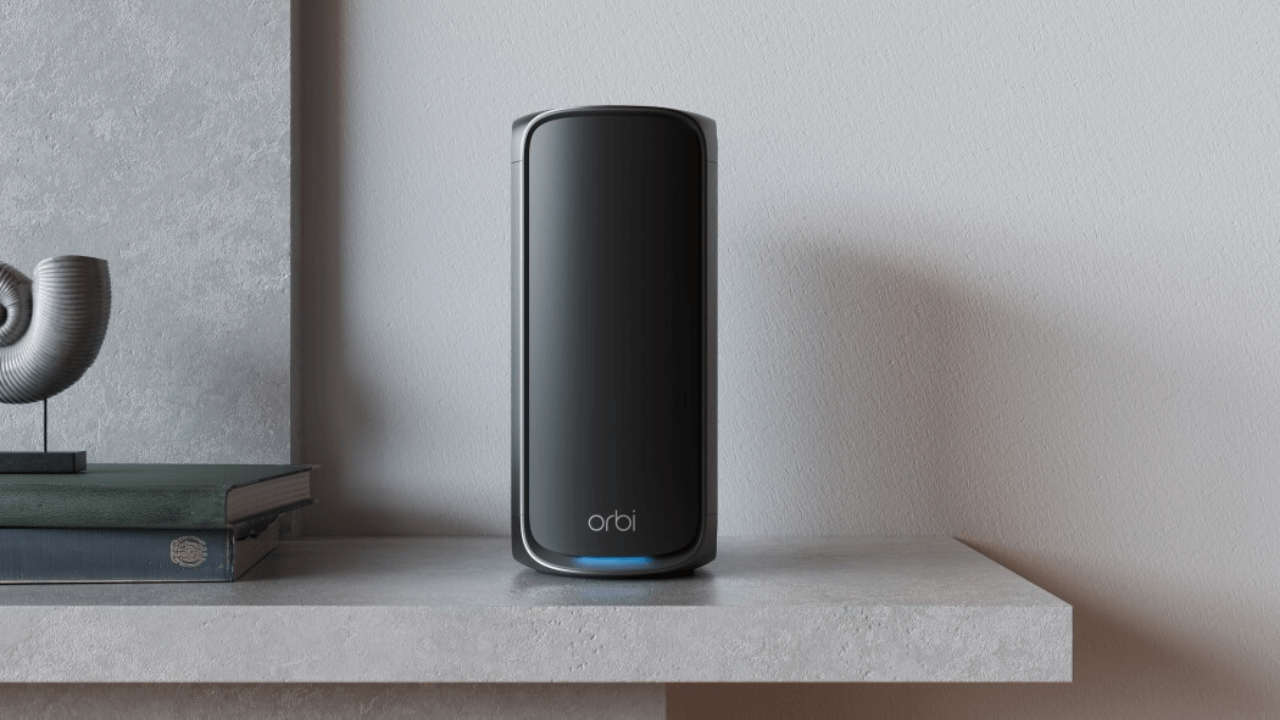
For over twenty years, my goal has been to make artificial intelligence (A.I.) work for the general public because I firmly believe that it can improve our quality of life and make it more productive, joyful, and healthy.
Naturally, A.I. has its own set of difficulties, just like any new technology, especially as businesses start to fully operationalize it. Indeed, this year has already seen the emergence of at least three significant A.I. trends, and I'm closely monitoring how these developments will assist companies in overcoming obstacles related to A.I., such as eliminating bias and building trust.
Trend 1: Putting A.I. ethics and governance into practice
The question of whether or not AI models should be biased has been up for debate for years. These worries are growing more common in major media outlets as well as among business insiders. For example, the failure of a self-driving car to identify and brake for individuals of color was the subject of a recent episode of NBC's American Auto.
By 2022, discussions regarding AI ethics and bias mitigation will have moved from theoretical models to practical applications. This transformation is being driven by up-and-coming entrepreneurs that offer businesses A.I. monitoring and governance solutions. One of the biggest questions facing AI-driven businesses today is whether to develop internal capabilities to validate, monitor, and evaluate machine learning models or to outsource machine learning performance monitoring to firms like Credo, Fiddler, and Arize AI.
I advise against overanalyzing this choice. At Smart Eye, we have mostly put checks and balances in place internally, but I'm eager to look into possible collaborations with up-and-coming governance firms. Employ a partner who can operationalize A.I. ethics and governance if your organization does not already have the in-house knowledge to do so. Numerous third-party technologies can be used to train, validate, and analyze your AI systems at levels that are challenging to accomplish with just client data. Start by looking for biases in your inference results and the diversity of your training and test data. You can then take appropriate action in light of this information.
Over time, you can step up your efforts and add more tools and capabilities to assist remove bias and boost model explainability. The fact that your company is now implementing A.I. ethics and governance is, in my opinion, what matters most.
Trend 2: Increasing the role of artificial intelligence in hybrid workplaces
More than 70% of workers worldwide want flexible remote work choices to remain, per a new study by Microsoft. After all, I feel that way myself. At my organization, we're still figuring out how to prevent employee burnout and what it means in practice that hybrid work environments are here to stay. However, there is no doubt that artificial intelligence will continue to spur innovation in the workplace of the future.
Collaboration and workspace solutions are being adopted by organizations more frequently in an effort to boost employee satisfaction and engagement. As a following step, layering in A.I. can assist you gain a deeper understanding of the performance of your staff. I'm a huge admirer of Read AI, for instance, which tracks meetings in real time to identify the most talked-about person, the general mood in the "room," and other subtle behaviors. By collecting this data over time, executives can uncover valuable coaching insights, enhance future employee experiences, and uncover team members' strengths.
It's encouraging to see more solutions that can measure and assist social and emotional intelligence in enterprises hitting the market, as the pandemic has accelerated the use of virtual and/or hybrid settings. Improving your interactions with staff members has important implications for mental health. With good reason—nearly 40% of businesses expanded mental health insurance during the pandemic—building out more helpful mental health resources continues to be a key priority for enterprises in 2022. Stay tuned for additional details! I'm excited to see more extensive implementations of AI systems that can more accurately assess a person's mental health requirements and offer just-in-time assistance.
Exploring A.I. and Web3 is the third trend.
The intersection of A.I. and the emerging worlds of Web3, crypto, and NFTs is a third trend I'm keeping an eye on (non-fungible tokens).
One clear application of artificial intelligence is in the creation of synthetic data, sometimes referred to as artificially generated data. In my world, we frequently use synthetic data to train generative models and power deep learning models without having to spend a lot of time and money labeling various data sets. Generative adversarial networks are gradually being used in Web3 to add thousands of distinct, artificial characters to the metaverse. This creates new options for branding and monetization (think metaverse influencers!) and the potential to create new user experiences.
The same is true for NFTs. Even if NFTs are still in their infancy, there are many chances to add artificial intelligence and enhance the interactivity of these digital assets. Think of intelligent NFTs (iNFTs) that can converse with audiences because they have computer vision, perceptual skills, and natural language understanding. For instance, an iNFT might tell you about its "origin storey." Without a doubt, I'm watching this space.
Whatever the fad, keep AI human
A consistent element in 2022, despite divergent trends, is keeping humans at the centre of the A.I. equation.
Human perception A.I. – artificial intelligence (AI) technologies that are made to comprehend, assist, and forecast human behavior in complex settings — is becoming a new type of technology.
Human-insight artificial intelligence techniques are already improving things this year, from the interiors of our cars to hybrid workplaces—and perhaps even the metaverse. However, we will all gain from the application of human-insight AI, and I am excited for these human components to drive a variety of AI experiences in 2022 and beyond.










